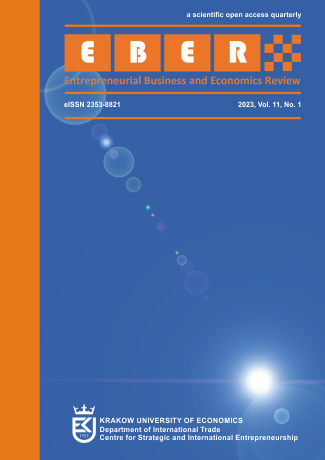Evaluating innovation performance for financial technology within the national innovation system: A case study of the Kingdom of Bahrain

Abstract
Objective: This article aims to identify the role of ICT infrastructure and knowledge creation on innovation outcomes based on the technology innovation system (TIS) framework to stimulate innovation in financial technology (fintech) in Bahrain.
Research Design & Methods: This study employed the framework of the technology innovation system (as a subset of the national innovation system (NIS)) as a theoretical framework, with variables that were extracted from four major innovation theories. The study evaluated the fintech innovation sector in several commercial banks and government institutions in the Kingdom of Bahrain using a survey questionnaire. The data were collected from 119 respondents, and analyzed through partial least squares structural equation modelling(PLS-SEM).
Findings: The results showed that knowledge creation, ICT infrastructure, and knowledge diffusion impacted innovation outputs through knowledge impact. Moreover, knowledge creation did not affect innovation outputs directly but through knowledge creation.
Implications & Recommendations: The study would be invaluable for the financial managers of fintech industries in implementing strategies as well as for the policymakers in integrating financial technology innovations into the financial system.
Contribution & Value Added: The study uniquely explains the role of knowledge impact between knowledge creation, ICT infrastructure, knowledge diffusion, and innovation outputs.
Keywords
financial technology (fintech), national innovation system (NIS);, partial least squares structural equation model (PLS-SEM), technology innovation system (TIS)
